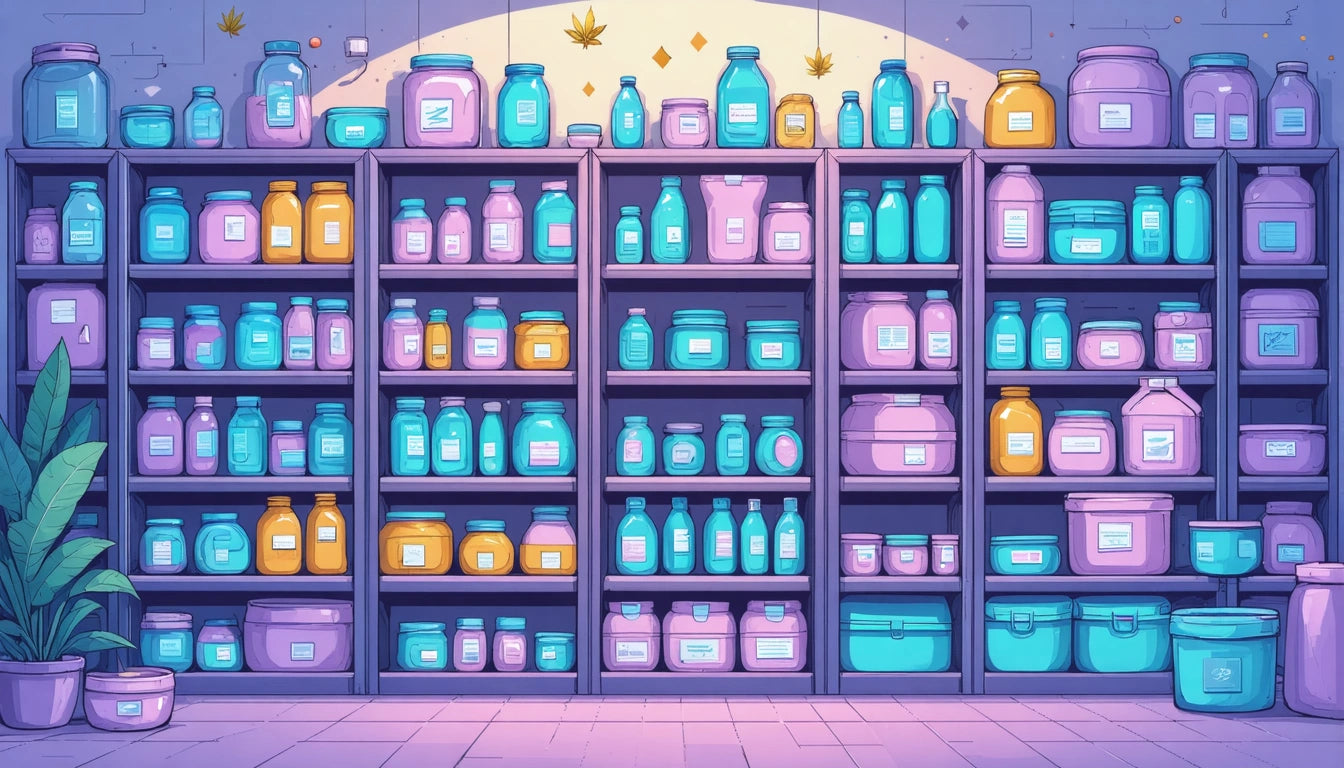Table of Contents
Child-resistant packaging represents one of the most critical compliance requirements in the cannabis industry. With regulations varying across states and frequent updates to standards, staying compliant requires vigilance and strategic planning. This guide explores the essential requirements, implementation strategies, and cost considerations for cannabis businesses navigating child-resistant packaging nationwide.
Understanding Child-Resistant Packaging Requirements
Child-resistant (CR) packaging is designed to be significantly difficult for children under five to open but accessible for adults to use properly. The foundation of most cannabis CR regulations stems from the Poison Prevention Packaging Act (PPPA) standards, administered by the Consumer Product Safety Commission.
Key requirements typically include:
- Packaging that requires a deliberate action beyond that of a normal opening
- Resealable packaging for multi-use products
- Special mechanisms like push-and-turn caps, squeeze-and-pull designs, or alignment arrows
- Certified testing under CFR Title 16, Part 1700
While navigating these requirements, many cannabis producers also integrate tamper-evident features to provide additional security and compliance assurance.
Child-Resistant Solutions by Product Category
Flower Packaging
Cannabis flower typically requires containers with certified child-resistant closures. Popular options include:
- Push-and-turn vials and jars
- Reversible cap containers
- Certified pouches with specialized zippers
For detailed options on flower packaging that meets compliance standards while maintaining product freshness, explore these flower packaging solutions.
Edibles Packaging
Edibles face particularly stringent regulations due to their potential attractiveness to children. Compliant packaging often features:
- Blister packs with push-through barriers
- Slide-boxes with locking mechanisms
- Heat-sealed pouches with tear notches
When selecting edible packaging, manufacturers must balance child-resistance with compliance standards specific to food products.
Concentrates and Cartridges
The high potency of concentrates demands especially secure packaging solutions:
- Slide boxes with button releases
- Certified glass containers with special closures
- Custom-molded plastic cases
For concentrates, the packaging must address both child safety and product stability concerns, as outlined in this guide to concentrate packaging materials and innovations.
Vape products present unique challenges, requiring packaging that secures small components while maintaining accessibility for adult users. Manufacturers should review vape cartridge packaging options that balance compliance with brand presentation.
Testing Standards and Certification Process
Child-resistant packaging must undergo rigorous testing to receive certification. The standard protocol involves:
- Testing with children aged 42-51 months
- Sequential testing methodology (child test followed by senior adult test)
- 85% failure rate among children within a 5-minute period
- 90% success rate among adults within the same timeframe
Certification typically comes from accredited laboratories that issue documentation manufacturers must maintain. When processing cannabis products, specialized equipment like industrial grinders for consistent material preparation can help ensure product uniformity before packaging in certified containers.
State-by-State Regulation Variations
While federal standards provide a baseline, state regulations often include additional requirements:
- California: Requires all cannabis products to be in child-resistant packaging until final sale
- Colorado: Mandates specific exit packaging requirements for retail
- Nevada: Requires single-serving edibles to be individually wrapped in child-resistant packaging
- Massachusetts: Specifies that packaging must be certified to ASTM standards
For cannabis businesses operating across multiple states, understanding these variations is crucial. Multi-state operators face unique challenges in maintaining compliance while standardizing packaging operations.
Implementation Strategies for Businesses
Implementing compliant child-resistant packaging requires a strategic approach:
Cost Management
Child-resistant features typically increase packaging costs by 15-30%. To manage this impact:
- Purchase in larger volumes when possible
- Consider stock options before custom solutions
- Evaluate automation opportunities for assembly
For a detailed breakdown of costs and budgeting strategies, consult this wholesale cannabis packaging guide.
Balancing Compliance and Branding
Child-resistant requirements need not compromise brand identity. Businesses can:
- Utilize compliant stock packaging with custom labels or sleeves
- Incorporate brand colors and design elements into functional mechanisms
- Focus custom design budgets on exterior packaging while using certified interior containers
Effective strategies for maintaining brand identity while meeting compliance standards are discussed in this article on custom branding in cannabis packaging.
Common Compliance Mistakes
Avoiding these frequent errors can prevent costly penalties:
- Assuming child-resistant certification from suppliers without verification
- Overlooking reclosable requirements for multi-use products
- Failing to maintain proper documentation of compliance testing
- Not updating packaging when regulations change
Learn more about avoiding costly compliance issues in this guide to preventing packaging-related fines.
Future-Proofing Your Packaging Compliance Strategy
As the cannabis industry evolves, packaging compliance requirements will continue to develop. Forward-thinking businesses should:
- Build relationships with packaging suppliers who stay current with regulatory changes
- Consider sustainable materials that maintain child-resistant properties
- Implement tracking systems for certification documentation
- Participate in industry associations that provide regulatory updates
Emerging trends like smart packaging with QR codes and RFID technology may soon integrate with child-resistant features to enhance both safety and consumer engagement.
By taking a comprehensive approach to child-resistant packaging compliance, cannabis businesses can protect consumers, avoid penalties, and build brand trust while navigating the complex regulatory landscape nationwide.











Leave a comment
All comments are moderated before being published.
This site is protected by hCaptcha and the hCaptcha Privacy Policy and Terms of Service apply.